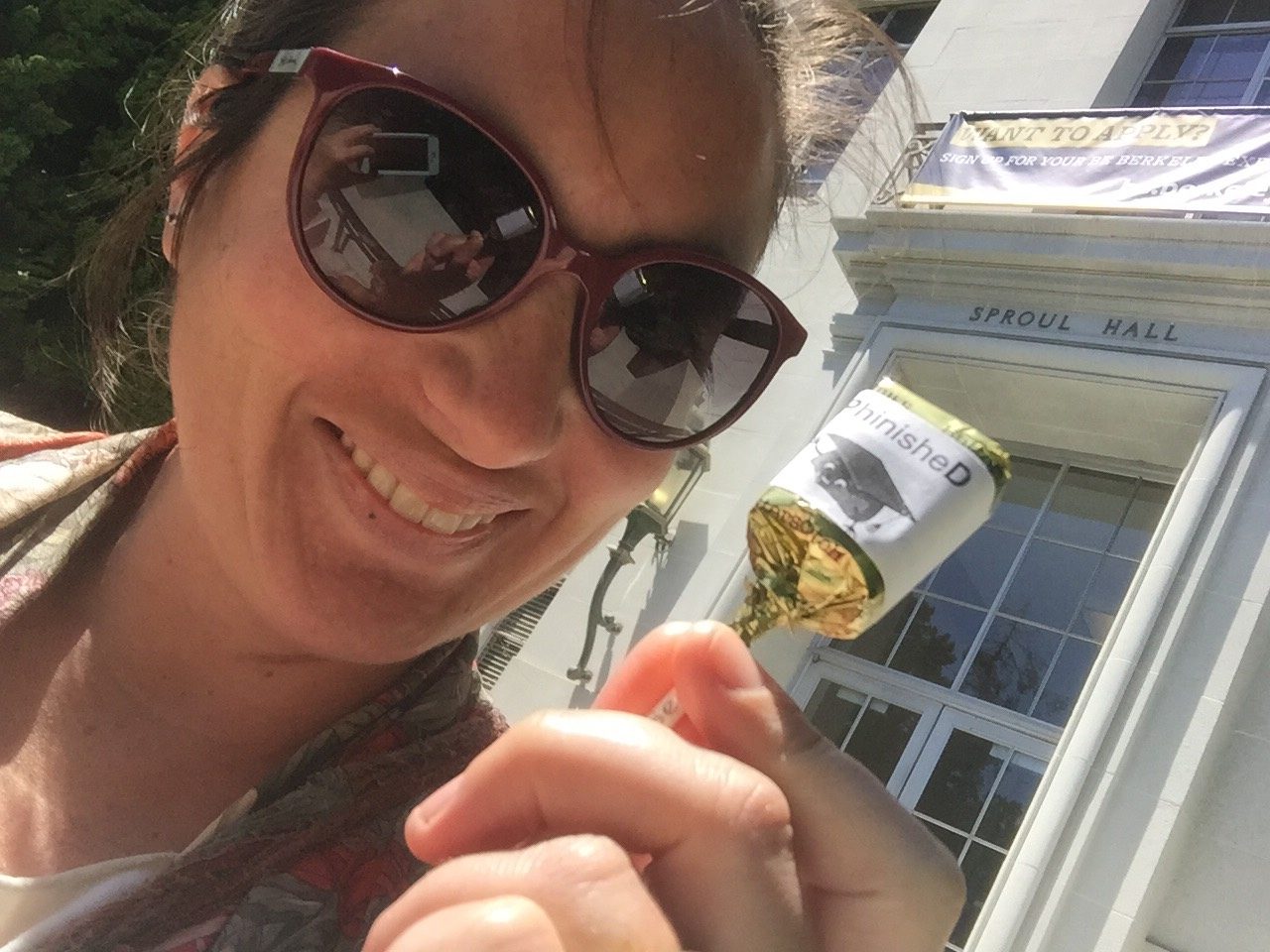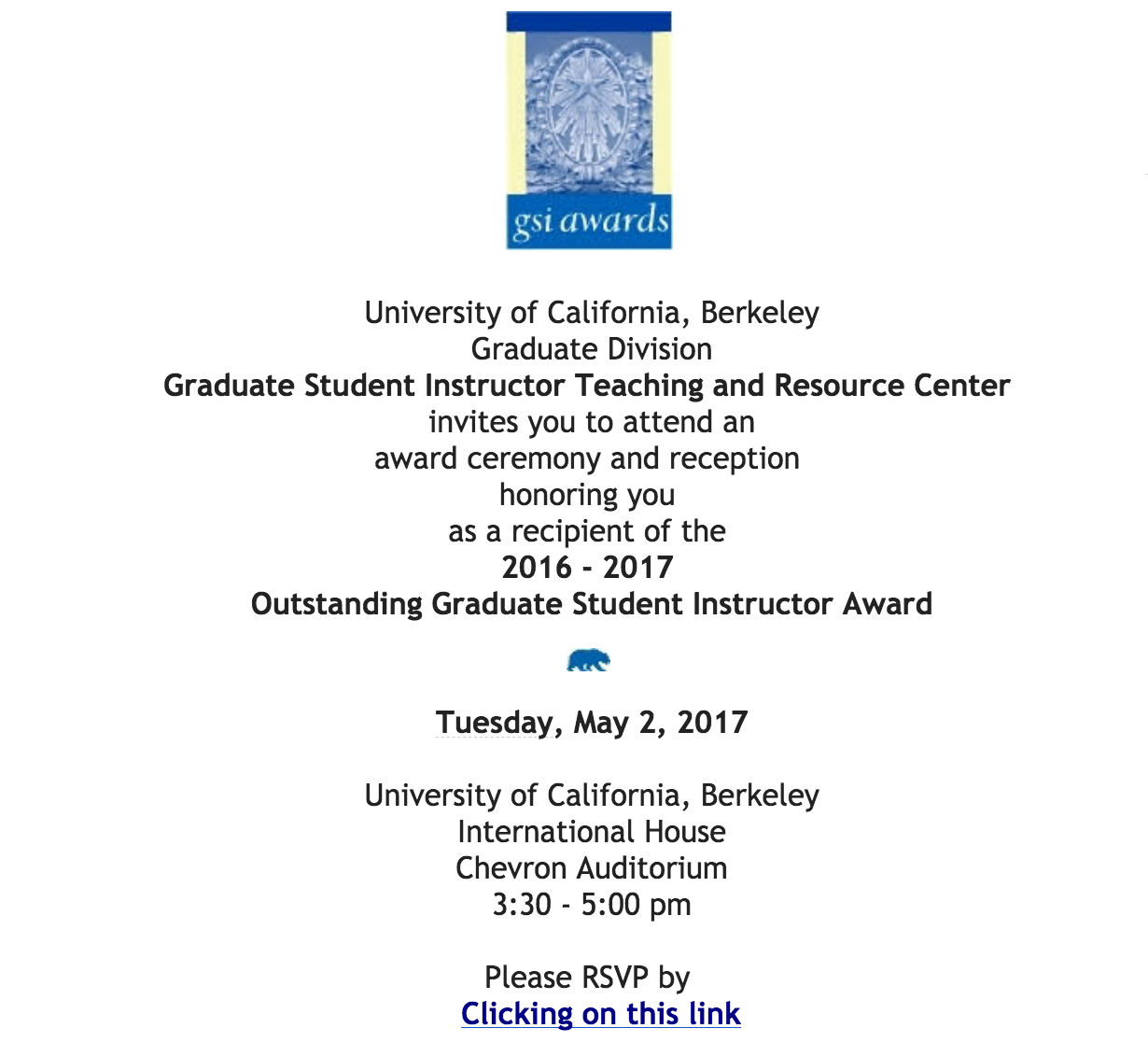I am happy to announce that our paper on fossil primate cranial variation is out in the open-access journal Palaeontologia Electronica. The article, titled “Patterns of craniofacial variation and taxonomic diversity in the South African Cercopithecidae fossil record”, uses a sample of 99 fossil primate crania from South Africa, as well as more than 80 extant primates, to investigate the morphological and taxonomic diversity of South African fossil monkeys. The abstract is presented below, and the full pdf is available online.
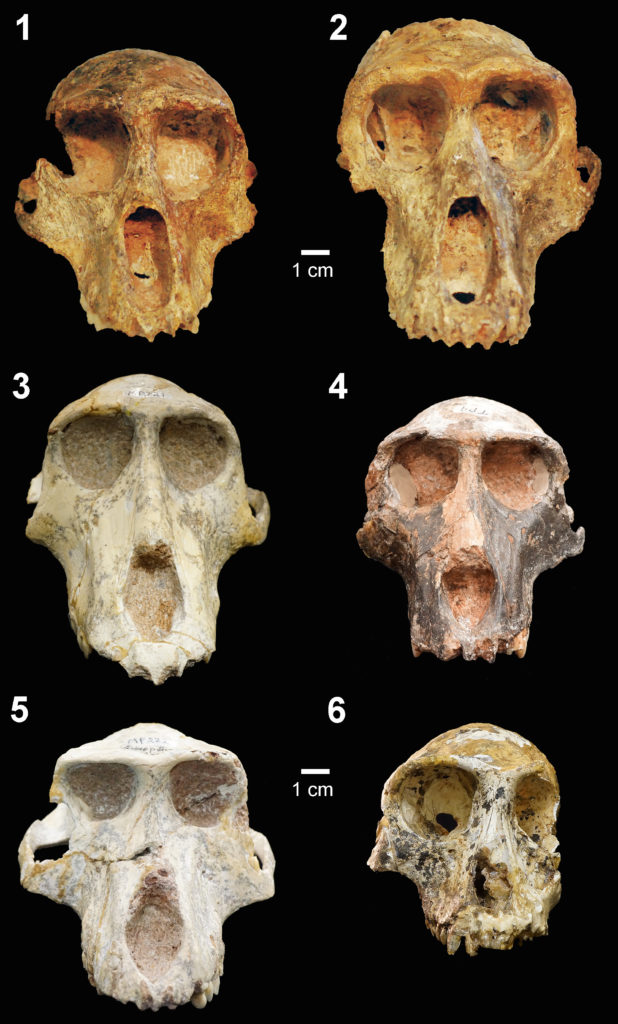
The rich paleontological record of South Africa is central in our understanding of Plio-Pleistocene mammalian evolution due in large part to the number of crania recovered. Because of the difficulty of chronometric control in many of the cave systems from which these fossils derive, extinct Old World Monkeys (OWMs) are often employed as biochronological markers, making the taxonomic identification of these primate remains particularly relevant to pursuing broader evolutionary questions relating to human evolution and faunal diversity shifts. The taxonomic relationships for the OWM fossils are reconstructed through phylogenetic systematics that rely heavily on craniodental traits. These analytical methods assume that these characters are developmentally, functionally, and genetically independent. This assumption is increasingly being questioned by analyses of extant phenotypic datasets and genetics. We statistically explored cranial variation in South African fossil papionins (n = 99) to determine whether or not extinct taxa reflect the same phenotypic covariance structure as has been reported for extant OWMs. Our results show that many of the cranial measurements are statistically significantly correlated and fail to distinguish between species or even genera of fossil papionins despite distinguishing extant species. Overall, our results suggest that these extinct OWM taxa cannot be discriminated using craniofacial measurements alone, or that the taxonomic designations, as they currently stand, are confounded.
Monson, Tesla A., Brasil, Marianne F., Stratford, Dominic J., and Hlusko, Leslea J. 2017. Patterns of craniofacial variation and taxonomic diversity in the South African Cercopithecidae fossil record. Palaeontologia Electronica 20.1.7A: 1-20 palaeoelectronica.org/content/2017/1762-fossil-owm-cranial-variation




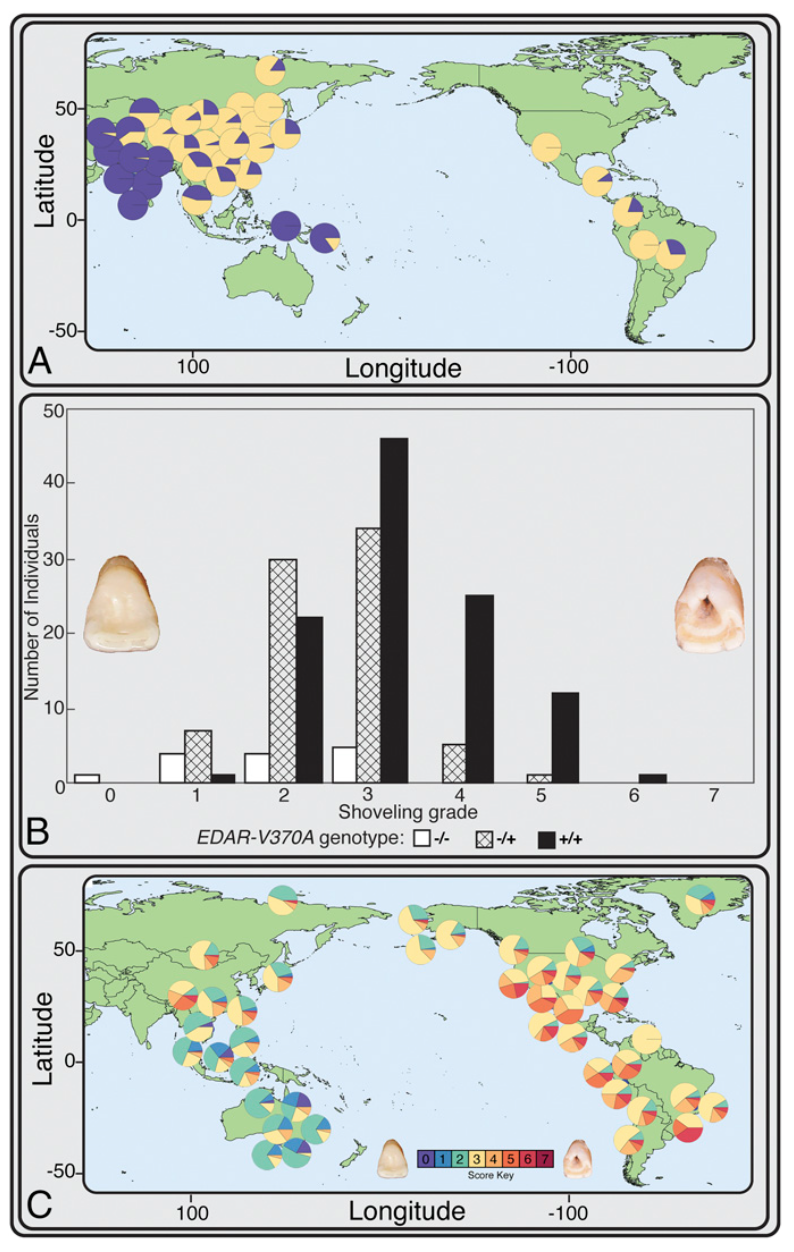
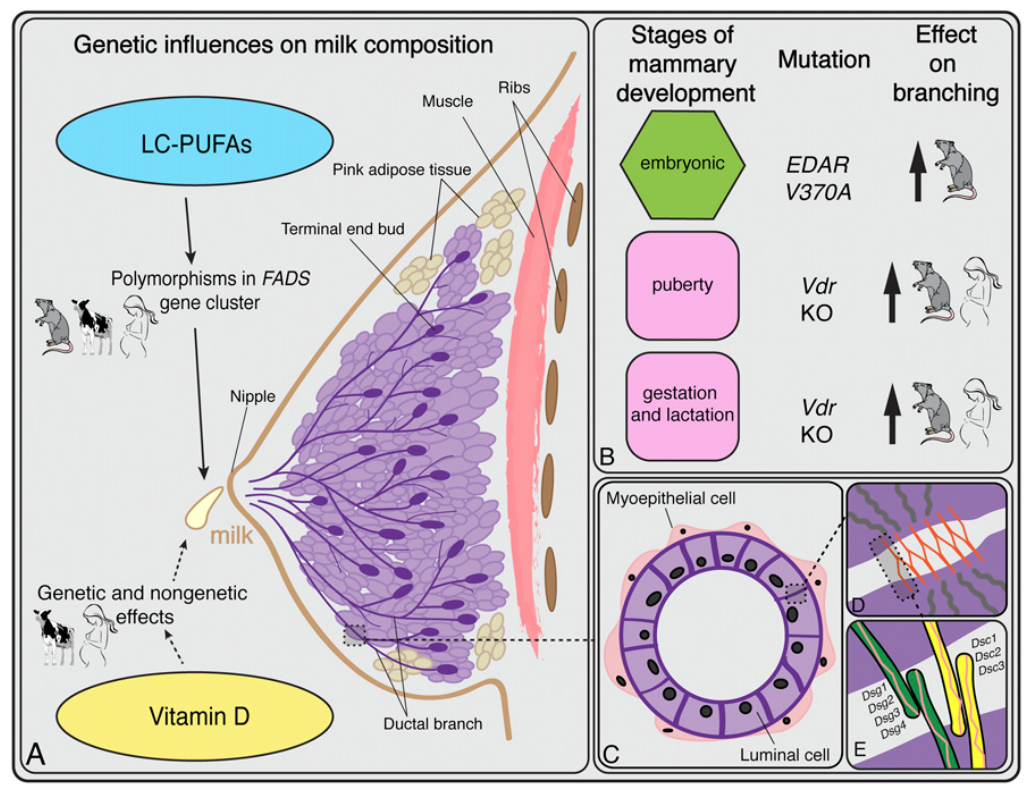
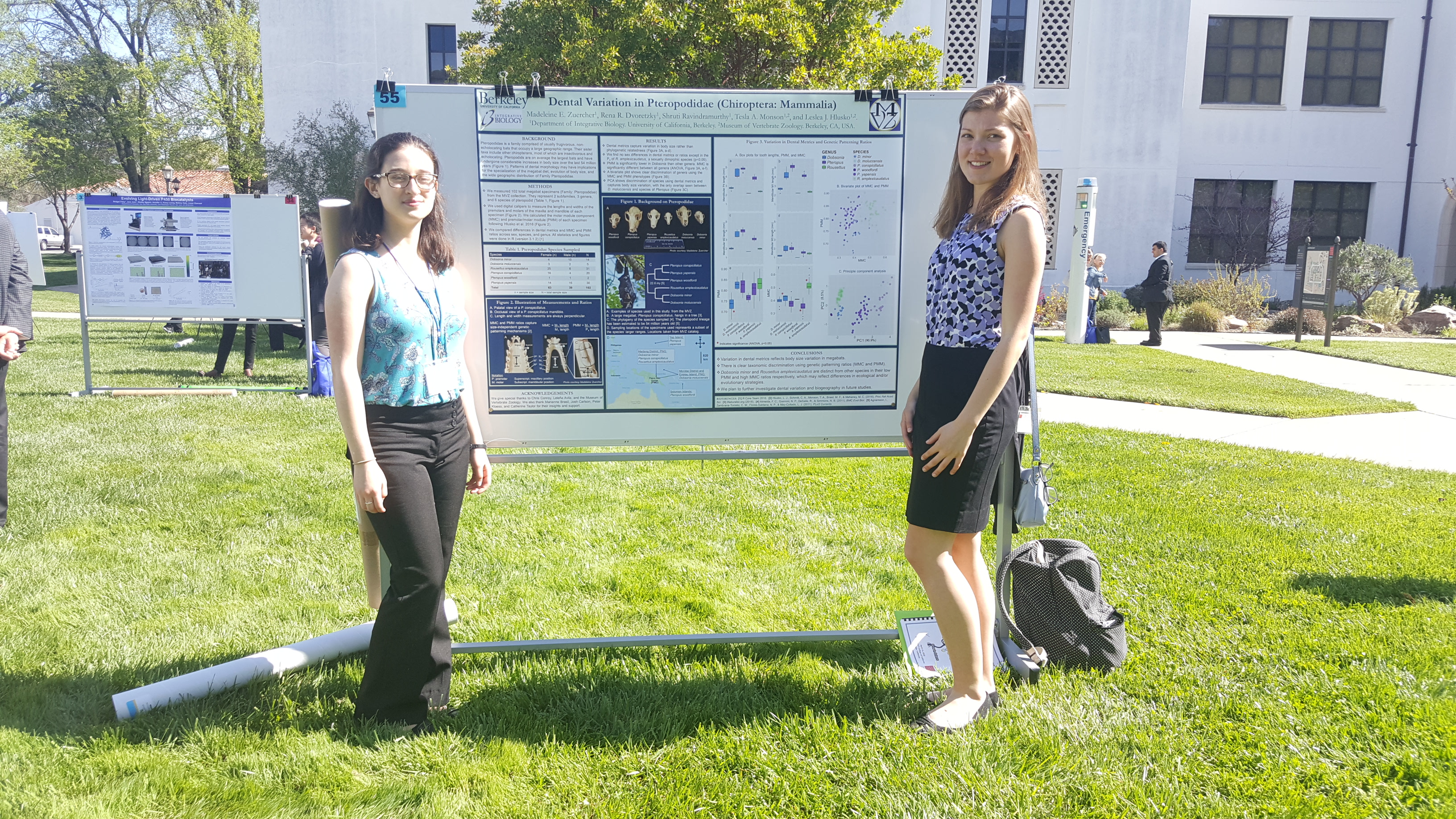

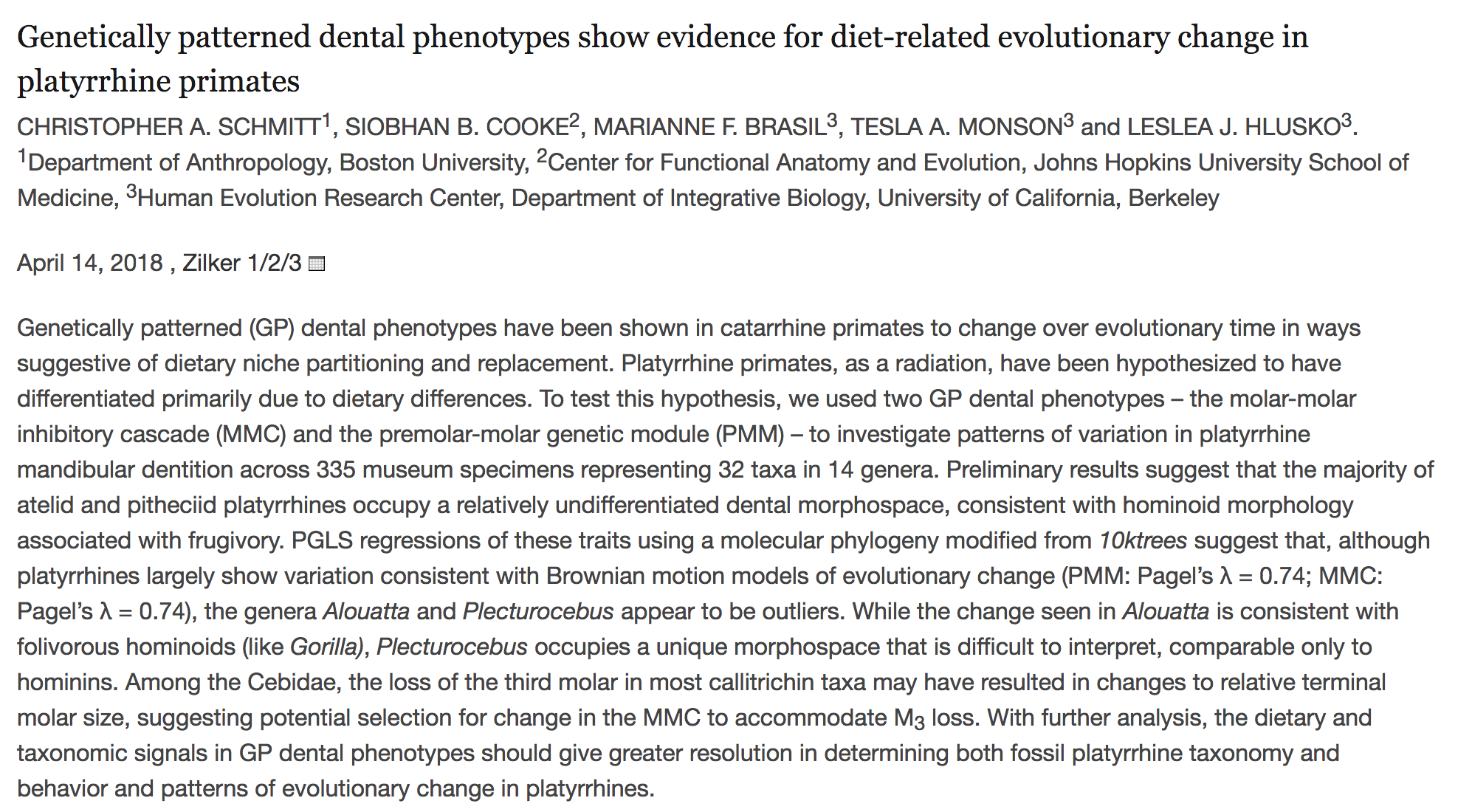
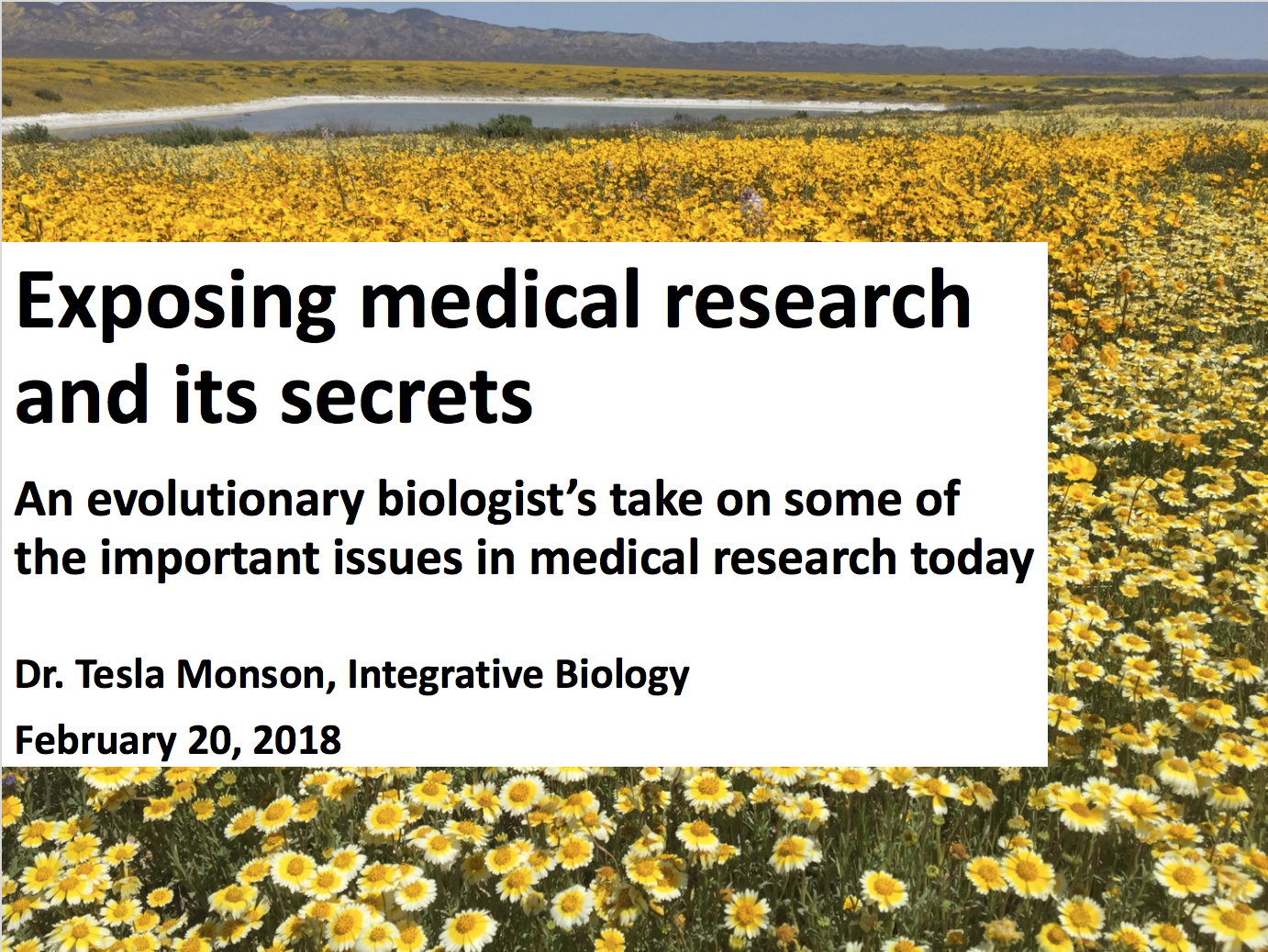
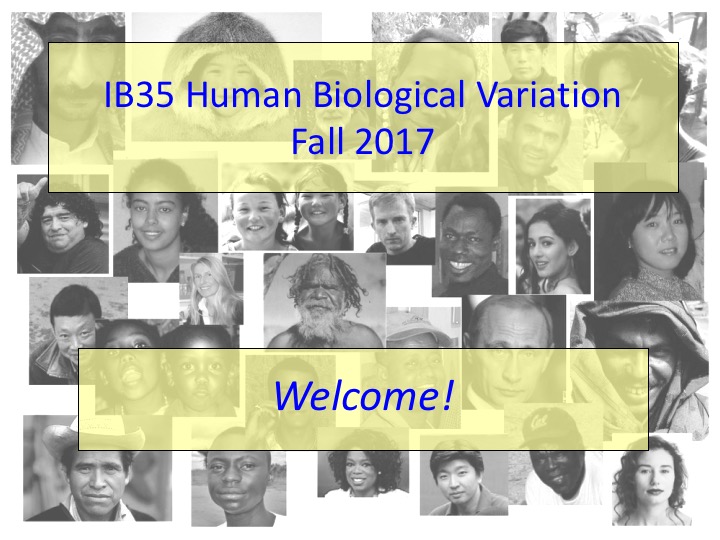 After teaching a smaller version of the course this summer, I am very excited to be head instructor of IB35AC, a 300 student class on human biological variation, this fall. IB35AC is a lower-level class that fulfills the American Cultures component of the undergraduate degree at UC Berkeley, a breadth requirement unique to UC Berkeley that asks all students to explore the ethnic and racial variation within the United States from a comparative perspective. This course also addresses human biological variation, including phenotypes like skin pigmentation, intelligence, sex, and gender, from biomedical, anthropological, and evolutionary perspectives. A key goal of this class is to help students understand the role of both biological and cultural components of human variation in the evolution of our species.
After teaching a smaller version of the course this summer, I am very excited to be head instructor of IB35AC, a 300 student class on human biological variation, this fall. IB35AC is a lower-level class that fulfills the American Cultures component of the undergraduate degree at UC Berkeley, a breadth requirement unique to UC Berkeley that asks all students to explore the ethnic and racial variation within the United States from a comparative perspective. This course also addresses human biological variation, including phenotypes like skin pigmentation, intelligence, sex, and gender, from biomedical, anthropological, and evolutionary perspectives. A key goal of this class is to help students understand the role of both biological and cultural components of human variation in the evolution of our species.